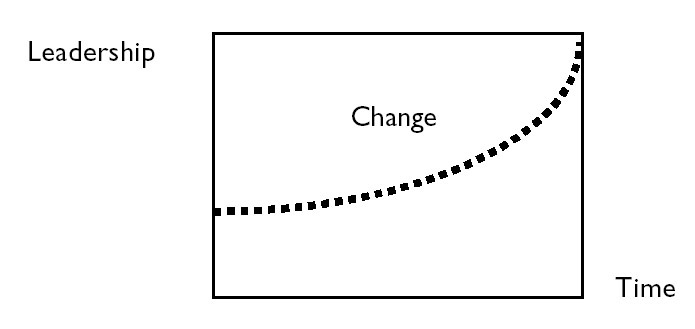Westside Toastmasters is located in Los Angeles and Santa Monica, California
The Sales Leader's Challenge
The sales leader's challenge is
To take the initiative
To not accept the status quo when the present way of serving customers is less than it could be
To inspire others to follow his or her vision for achieving what seems to be impossible
To maintain confidence and control in the face of crisis and uncertainty
To provide communication, compassion, and direction when needed
" You can never accept the status quo."
—Jeffrey R. Immelt, chairman and CEO, General Electric
Sales leaders look at the status quo and question why things are the way they are. They search for ways to tackle what others might consider tolerable or acceptable. They find innovative solutions.
Change Requires Leadership
In times of change, people need to do things differently to accommodate or take advantage of those changes. When necessary, leaders initiate change to create better solutions. They may effect change within their organizations even if it doesn't seem apparent to everyone that those changes are necessary: if they think it makes sense to change the business model or the way they are organized to serve customers, they will. If they have an exciting vision for serving customers in innovative ways, they will champion those changes for the customers. Getting people aligned around those changes is a leadership role.
Leaders not only take advantage of change, they encourage it. They look for the opportunities it creates and encourage others to do likewise.
If we were to think about the rate of change—how much more quickly things change today as opposed to yesterday—and plot change over time on a graph, it might look something like figure 7. Change is accelerating, and it will continue to do so. It is driven by science and technology and by information that is ever more widely and quickly available. It is driven by human curiosity and inventiveness.
When individuals or organizations are young, they tend to accept new technology easily. For example, children quickly adapt to video games and computers. But once individuals or organizations become comfortable with that technology and get older, they often don't readily accept new technology. Knowing this tendency and being able to not get caught in that limited way of thinking is a competitive advantage.





